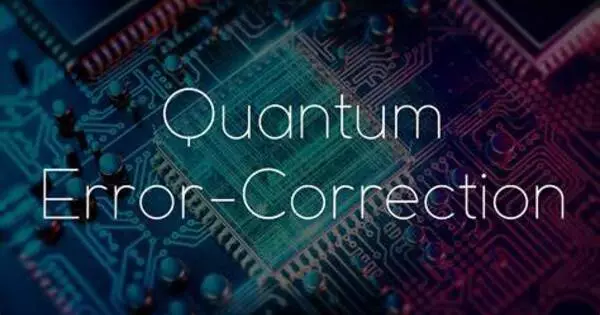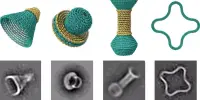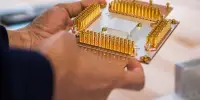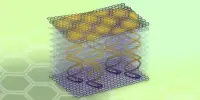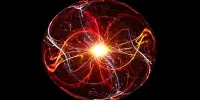Researchers from the RIKEN Center for Quantum Computing used machine learning to perform error correction for quantum computers – a critical step toward making these devices practical – by developing an autonomous correction system that, while approximate, can efficiently determine how to best make the necessary corrections.
Unlike classical computers, which use bits that can only take the basic values 0 and 1, quantum computers use “qubits,” which can take any superposition of the computational basis states. When combined with quantum entanglement, another quantum property that connects different qubits beyond classical means, this allows quantum computers to perform entirely new operations, potentially giving rise to advantages in some computational tasks such as large-scale searches, optimization problems, and cryptography.
The extremely fragile nature of quantum superpositions is the main barrier to putting quantum computers into practice. Indeed, tiny perturbations caused, for example, by the ubiquitous presence of an environment cause errors that rapidly destroy quantum superpositions, and as a result, quantum computers lose their competitive advantage.
Machine learning can play a pivotal role in addressing large-scale quantum computation and optimization challenges. We are currently working on several projects that combine machine learning, artificial neural networks, quantum error correction, and quantum fault tolerance.
Franco Nori
To overcome this barrier, sophisticated quantum error correction methods have been developed. While they can, in theory, successfully neutralize the effect of errors, they frequently come with a massive overhead in device complexity, which is error-prone in and of itself, potentially increasing the exposure to errors. As a result, complete error correction has remained elusive.
The researchers used machine learning in their search for error correction schemes that minimize device overhead while maintaining good error correction performance. To that end, they concentrated on an autonomous approach to quantum error correction, in which a cleverly designed artificial environment replaces the need for frequent error-detecting measurements. They also investigated “bosonic qubit encodings,” which are currently available and used in some of the most promising and widely used quantum computing machines based on superconducting circuits.
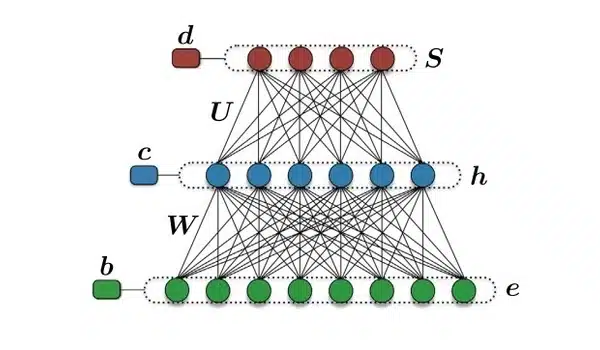
Quantum error correction (QEC) is a critical aspect of quantum computing because quantum systems are inherently susceptible to errors due to factors like decoherence and noise.
Finding high-performing candidates in the vast search space of bosonic qubit encodings represents a complex optimization task, which the researchers address with reinforcement learning, an advanced machine learning method, where an agent explores a possibly abstract environment to learn and optimize its action policy. With this, the group found that a surprisingly simple, approximate qubit encoding could not only greatly reduce the device complexity compared to other proposed encodings, but also outperformed its competitors in terms of its capability to correct errors.
The first author of the paper, Yexiong Zeng, says “Our work not only demonstrates the potential for deploying machine learning towards quantum error correction, but it may also bring us a step closer to the successful implementation of quantum error correction in experiments.”
“Machine learning can play a pivotal role in addressing large-scale quantum computation and optimization challenges,” says Franco Nori. We are currently working on several projects that combine machine learning, artificial neural networks, quantum error correction, and quantum fault tolerance.”
